Mangoes, the sacred fruit
The mango has been cultivated for over four thousand years, and by some accounts for over six thousand years. Originally from northern India, the mango has spread to every tropical corner of the world. Easily the most consumed fruit in the world, with worldwide production at around 35 million tons produced anually, it is a common favorite, and for me it is second only to the lychee.
Binomial nomenclature
Mangifera indica
Origin
India
Description
The mango is an evergreen tree with alterrnate simple leaves that are 6-14″ in length and 2-4″ wide. The new growth emerges coppery red or sometimes dark brick red, which is quite stunning. The foliage eventually hardens off to a dark green.
The flowers are born on terminal panicles (an inflorescence with many branches). They are small white flowers with five petals.
Many different cultivars exist, so the fruit is greatly variable in size shape and color. The fruit contains a single large seed which is not easily removed from the pulp. The flesh is fragrant sweet and very juicy. The most desirable cultivars have little to no fiber in the flesh of the fruit. These completely fiberless varieties don’t ship well, so dooryard fruits tend to be of vastly higher quality than those found in the supermarket. Like all commercial produce, the varieties are selected for their productivity and shipping quality, not for their flavor.
Height
130′, but in Florida it is rare to see one greater than 40′, and most are less than 20′ tall.
Light
Full sun.
Temp/zone
25°F. Zone 9b or higher. They will need protection from frost or severe damage will result. If you live in colder climates, all is not lost. There are dwarf varieties that live and fruit quite well in containers. They are collectively referred to as “condo mangoes”. Lancetilla, pickering, nam doc mai, and mallika, are all good condo-mango varieties. These will need to be moved indoors during periods of cold, and then back outside when its warm.
A common occurance is that a young mango tree will be burned severely by cold, but then will grow from the base of the tree, and people are often relieved to see that their tree is not dead. I see this all the time. This is actually very bad. The part of the tree that is growing in this situation, is called the rootstock. Trees like this will usually produce fruit that is unfit for consumption. All mango tree varieties are grafted onto a tough seedling rootstock. Look at the trunk of your mango tree. Near the bottom, a foot from the ground or less, you should see a ring shaped scar in the bark. This is the graft. Below it is the rootstock, above it is the scion. If your tree is recovering from the scion, then it will be ok. If it is growing from the rootstock and the scion is dead, the tree is lost and should be removed(unless you want to try your hand at grafting a “good” variety onto the growing rootstock). While I’m on this subject it is worth noting that if you have a healthy tree, but suckers begin to grow from the rootstock, you must remove those suckers as soon as you notice them. These can cause the tree to abort the scion.
Water
Young trees need to be watered frequently during warm dry periods. This is especially true when a new tree is becoming established. Once fruiting size is achieved, very little supplemental water is needed, except for drought conditions or very dry climates. Avoid watering the tree at all in the winter months. Mangoes evolved in areas that follow monsoon weather patterns. They need a prolonged dry cool period followed by a wet humid summer. The rain pattern in Florida is almost perfect for them. Overwatering is a common reason for failure with this plant.
Fertilizer
I cant stress this enough. Don’t over-fertilize your mango tree! It is very easy to burn the roots of mangoes. When the tree is young, fertilize sparingly, every six weeks during the growing season with a fertilizer that is high in potassium.
Potassium is the third number in a fertilizer ratio. ie (xx-xx-xx)
Do not use a fertilizer that is high in Nitrogen. ie (xx-xx-xx).
Young trees roots are so easily burned, organic fertilizers are a better choice than chemical fertilizers. Once a tree is of fruiting size. Fertilize once annually at the beginning of the growing season with a granular, all purpose fertilizer.
Cultivation
Plant young mango trees in the spring, just before they begin to grow. When planting your new mango tree, dig a hole slightly deeper than the pot, and twice as wide as the pot. Collect the soil on a tarp, because you’ll need it all. Break up the soil on the tarp until it is completely loose.
Take great care when un-potting the young tree, so as not to damage the roots at all. Do not break up the root ball as you frequently would do for other plants. Mangoes grow a large taproot which can extend up to twenty feet deep. It is very important not to damage this root when planting. Place the root ball of the tree on a mound so that its top will be level with the ground, and backfill with the loosened soil. Do not add extra organic matter, or fertilizer to the soil, but a layer of mulch on top, to help retain moisture during its first growing season will be beneficial.
Propagation
Seeds
Many people like to grow mangoes from seed as a fun project. The seeds readily sprout and grow vigorously, much to the delight of the people who planted them. The problem is that mango trees, produced through sexual reproduction, usually grow the most horrid tasting fruit. These seedling trees are really only good for one thing, as a rootstock for grafting a desirable mango cultivar onto. Many mango trees produce polyembryonic seeds. These seeds contain many baby trees in one seed. Some of them are clones of the mother tree, and some are the result of sexual reproduction. There is a chance, when growing these types of seeds, that the resulting tree will be a clone of the mother.
Cuttings
Cuttings and air-layers don’t really work with mangoes. Since these don’t have the taproot that grows from a seedling, they sit and do nothing for years.
Grafting
The best way to reproduce a mango tree is to graft the desired variety onto a strong vigorous seedling. This is how almost all young mango trees are produced.
Pests
The greatest challenge to growing a mango tree in Florida, other than cold winters, will be anthracnose fungus. This fungal disease manifests as black spots on the folliage, as well as the stems. Panicles and young fruit sets are particularly susceptible to it. Varieties should be selected for their anthracnose resistance, but this doesn’t solve the problem. Anthracnose resistant varieties will often grow quite healthily, without any of the black spots on their leaves or stems, but the flowers and young fruit sets will succumb to it. Don’t wait until you see this “black death” on your panicles. Treat blooming trees prophylactically with copper sulfate/elemental sulfur, or neem oil, every week, until the fruit is full sized.
Another common pest is scale. Periodically examine the undersides of the leaves. Another sign of an insect attack is the presence of black sooty mold on the folliage. Sooty mold does not attack the plant itself, but lives on the sugars(honeydew) excreted from the insects. Neem oil, insecticidal soap, and pyrethrins, are good choices to control scale insects.
If you see ants associated with the scale insects, then they are farming the scale on your plant to harvest the honeydew. If you kill the scale, they will simply bring more baby scale insects to the plant. Controling the ants will aslo be necessary.





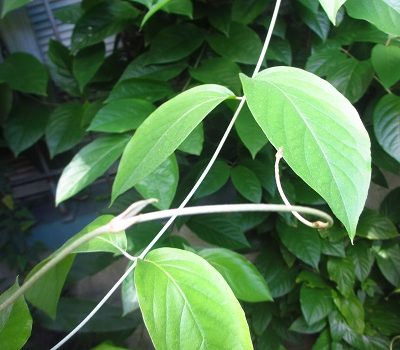
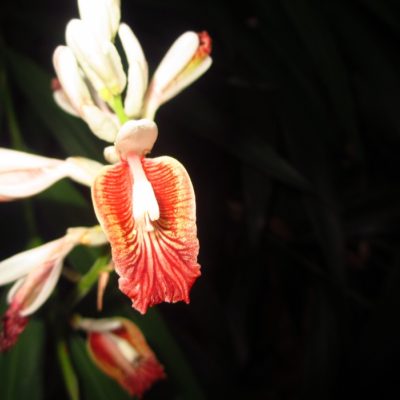
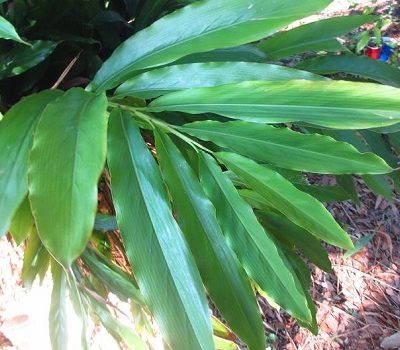
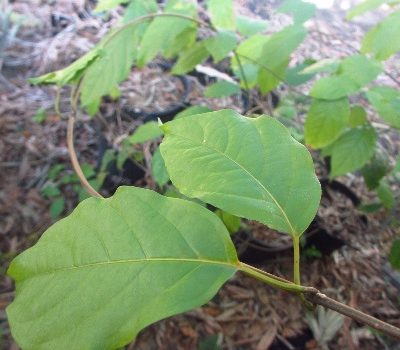
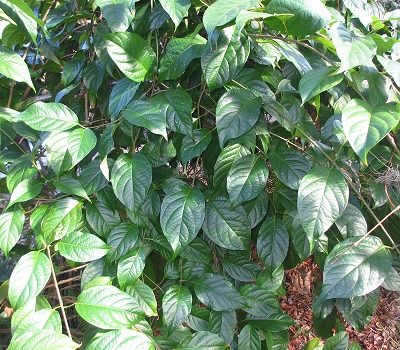
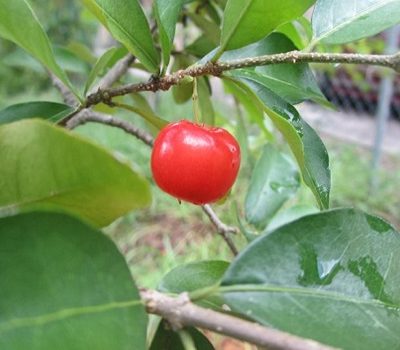
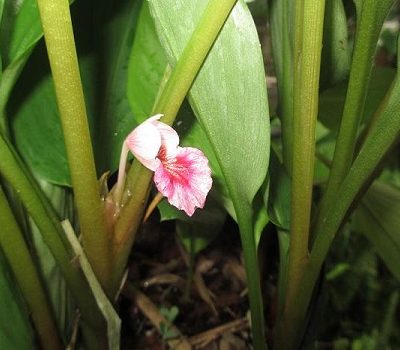
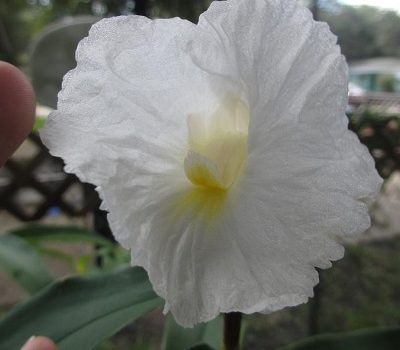
Great post! Have nice day ! 🙂 sjpe5